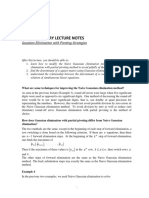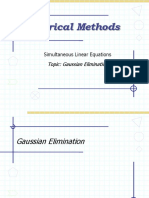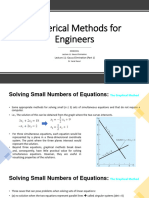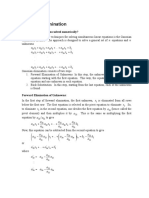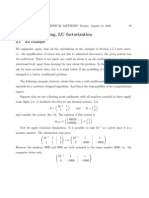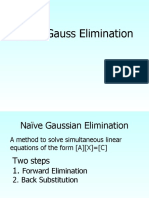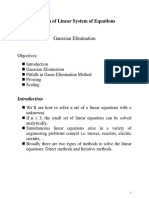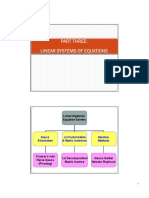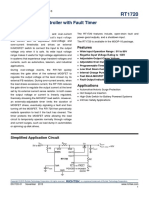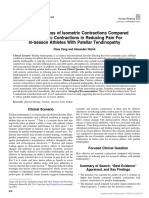0% found this document useful (0 votes)
173 views57 pagesBayesian Networks Bucket Elimination Algorithm
The document discusses Bayesian networks and the bucket elimination algorithm. It introduces basic concepts such as belief updating using variable elimination. The goal is to calculate P(X=x|E=e) by computing P(X=x,E=e) and normalizing. An example Bayesian network is provided and the process of variable elimination is demonstrated by defining elimination functions for each variable.
Uploaded by
goransuksiCopyright
© Attribution Non-Commercial (BY-NC)
We take content rights seriously. If you suspect this is your content, claim it here.
Available Formats
Download as PPT, PDF, TXT or read online on Scribd
0% found this document useful (0 votes)
173 views57 pagesBayesian Networks Bucket Elimination Algorithm
The document discusses Bayesian networks and the bucket elimination algorithm. It introduces basic concepts such as belief updating using variable elimination. The goal is to calculate P(X=x|E=e) by computing P(X=x,E=e) and normalizing. An example Bayesian network is provided and the process of variable elimination is demonstrated by defining elimination functions for each variable.
Uploaded by
goransuksiCopyright
© Attribution Non-Commercial (BY-NC)
We take content rights seriously. If you suspect this is your content, claim it here.
Available Formats
Download as PPT, PDF, TXT or read online on Scribd
/ 57











